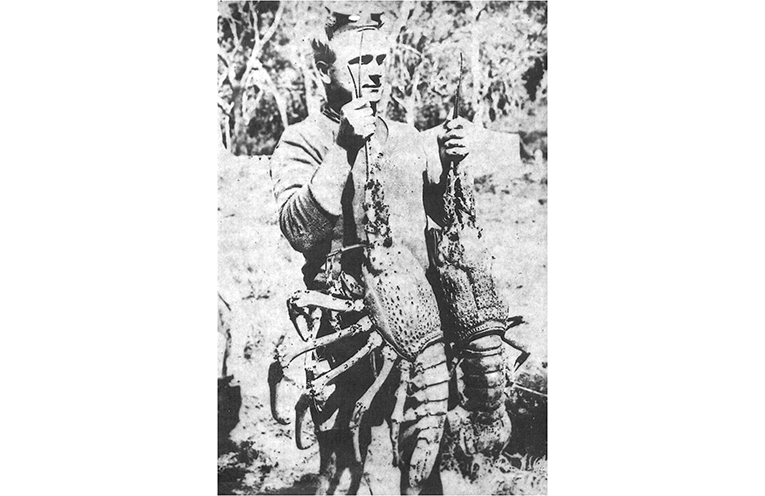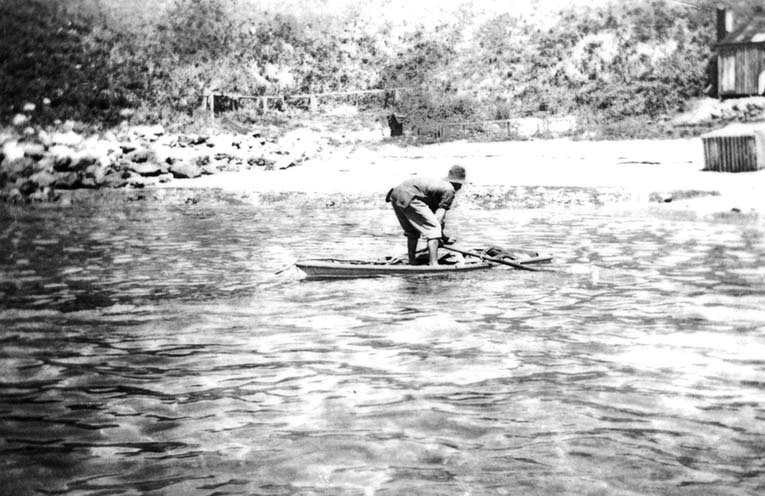
THE waters over and around the rocky outcrops, islands and surrounding reefs from Birubi north to Broughton, and further north to Seal Rock, have a long and rich history in the trapping of lobsters.
Strange as it may seem, there are no lobsters in Australian waters.
What we catch are Eastern Australian Rock Crayfish, however, for simplicity and market awareness they are called “lobsters”.
My records reach back to the 1880s when Broughton Island was the base for commercial lobster trappers to catch the shellfish in amazing numbers.
Stories I have heard, and photographs I have gathered, over the years bear witness to a lobster fishery that was beyond belief.
Lobsters were so thick that when the trap was lifted to the surface the lobsters were clinging to the rope or hanging onto the outside of the trap.
In some cases, the weight of the full trap of lobsters was so great that the rope broke under the strain and the trap, full of lobsters, sunk to the bottom.
Following the Worimi folk, Italian, Chinese, Greek and European lobstermen have, at periods over our history, camped on Broughton Island with the purpose of catching as many lobsters as they could.
The problem which confronted them all, was that lobsters lose their table quality if they die so the challenge was to keep them alive or to cook them on the island.
The Aussie and Greek trappers built wooden cages which were anchored in the calm waters and filled with live lobsters which would be towed back to Nelson Bay, when northerly winds and a run-in tide permitted.
The cages, full of lobsters, were tied to the wharf and were left there until the market price was right or that suitable transport to the markets was available.
Today the lobster industry is controlled by NSW Fisheries and commercial quotas have enabled the population of the prized shellfish to remain healthy. Recreation fishers are permitted to take three lobsters daily with one trap.
By John ‘Stinker’ CLARKE

